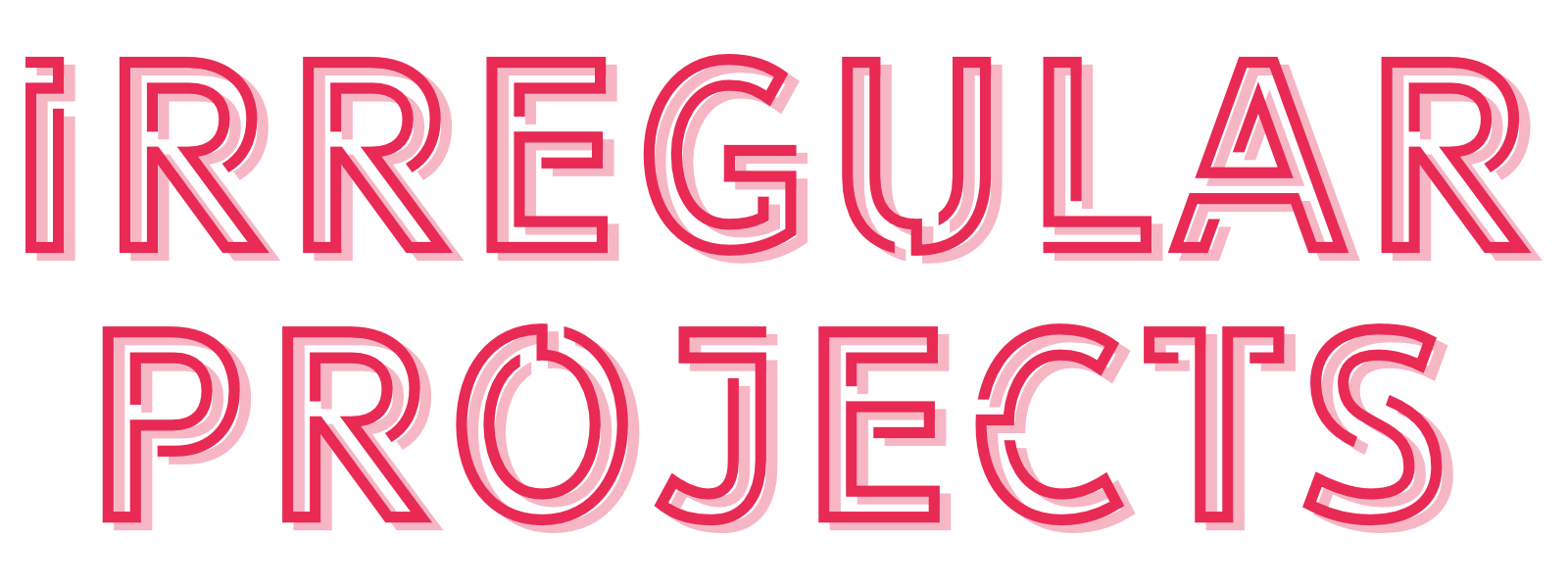Design, Fiction, Mechanics
First of all a disclaimer. I expect people to disagree with my opinions on the subjects presented in this segment. What follows is my opinions on design, fiction, and representing the fiction through mathematics - i.e. mechanics. I would like to note that while writing this post I am extremely exhausted and emotionally overstimulated, therefore I apologise if I seem aggressive or typos occur.
Agenda
- Design
- Fiction
- Mechanics
Design
In game/programming design, product design, and service design, you will hear people talk about Top-Down and Bottom-Up design. Now what is meant by these terms?
Top-Down design concerns the development of a game, product, or service, through the concept and context first, and then develop mechanics that support those concepts/contexts. Here you find games like Degenesis and Mothership. Games that started with a setting or concept to explore and then developed into a game.
Bottom-Up design, on the other hand, looks at the development of any of the three above through the lens of functions, or mechanics, and might develop a context or concept (sometimes that is not needed thou). It is here you find your GURPS, Knave (I would argue), and other universal/retro games.
I believe you can reduce the terms into something more digestible and better understood by non-designers. I believe a better name for Top-Down Design would be Fiction-Driven Design, and Bottom-Up Design would be Mechanics-Driven Design, for the TTRPG communities.
You can therefore also rephrase the description of both terms into the following:
Fiction-Driven Design concerns itself with creating a game system that enhances the fiction/setting. While a Mechanics-Driven Design looks at making a system with the mechanics in mind and leaves the fiction to end-users.
Fiction
When we talk about the fiction of a game system, we will end up talking about what assumptions the game system run with. Why is this?
Fiction is often made by the end-users, your friendly GM and players. However, the way their fiction come about is driven by the assumption from the system they use. Hence why we have the so-called ‘vanilla fantasy setting’ a gross amalgamation of assumptions.
Now these are not inherently bad, as they can function as a good framework for what type of fiction you want to expose people to. I would argue that they are a good thing as long as the game system is made with the fiction in mind.
Therefore games that focus on their fiction, in the most broad sense - i.e. genre, have a tendency to create a holistic experience.
Mechanics
When dealing with mechanics, we are talking about a mathematical expression that rules the outcome of the players choice. Aka, they provide an executable function in the game to describe a player action, in jargon heavy language.
Therefore, a game that is founded on Mechanics-Driven Design plays around with a lot of assumptions for what the players might want to do. Here there are often three different types approaches to system design, at least to my knowledge.
The first is to focus on a few (1-few) specific mechanics, and hone them into a beautiful mathematically elegant and linguistically easy to understand game. This approach provide a fresh and innovative system.
The second approach is to cover as many assumptions as possible. Therefore providing players with an array of actions. This gives the game system versatility in genre usage. It comes with some caveats. As the designers are working on assumptions and often prioritise what they believe to be important actions.
The last approach is of optimising already existing mechanics into something more digestible. I do not have anything to say about this. I always welcome optimisation.
Discussion & Conclusion
After spending the time giving people an unwanted lecture in how I perceive game design here comes the fruit to reap.
But before I give you the platter you have to understand the position I have: I do not think in anyway that one design approach is better than the other. Both have their place and should be used appropriately.
I bring this to attention because I believe people would benefit from knowing the distinction between the two. It helps to avoid making suboptimal products. Know your methods, it’s limitation and benefits, will provide you with a satisfying process and conclusion.
Something I didn’t mention in the above sections is how a name of a game can influence the perception of the game system and its fiction. To illustrate, I had a discussion with Sigve from the Revenant’s Quill about his hack, aptly named ‘Revenant’s Hack’. He decided to use the traditional six and that broke me. Because I looked at the name and did not think Knave or D&D. I saw a survival game, a system that tells the story of coming back from literal or metaphorical death. However, because of my ineptitude in communicating in short form, I was unable to communicate this in any clear way.
I am projecting what I could see the game be and how it could enhance that fiction. I admit. But I think it has its place to consider the above and the following: Do we need games that are just fictionless expressions that may work in many situations. Or do we need games that cater to specific fictions and do them well?
I myself am making a derivative, a clone of a clone - or a clone-a-clone, if you will - of a game. It was a few days ago that I had the realisation that I was unhappy with the approach I had taken. I hit blind ends constantly, but hopefully now with this post I can clarify my intentions for the game and see what I can do better.
That is the platter served.
[This post has been modified. See the original text here]

